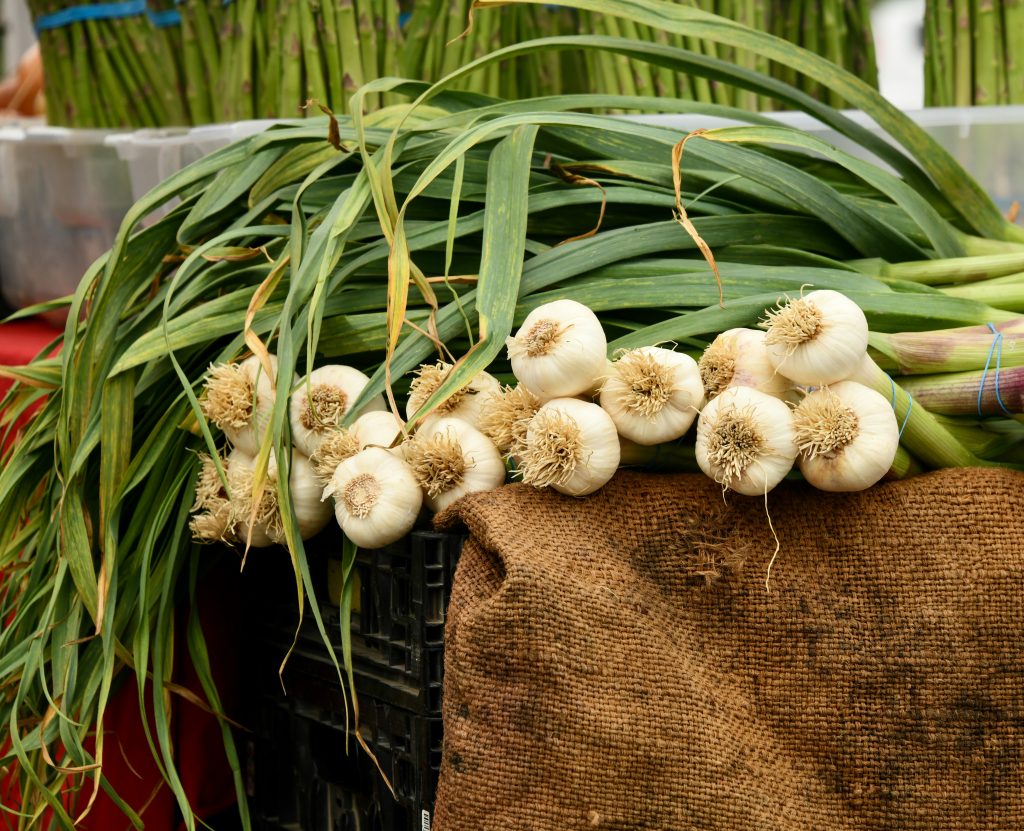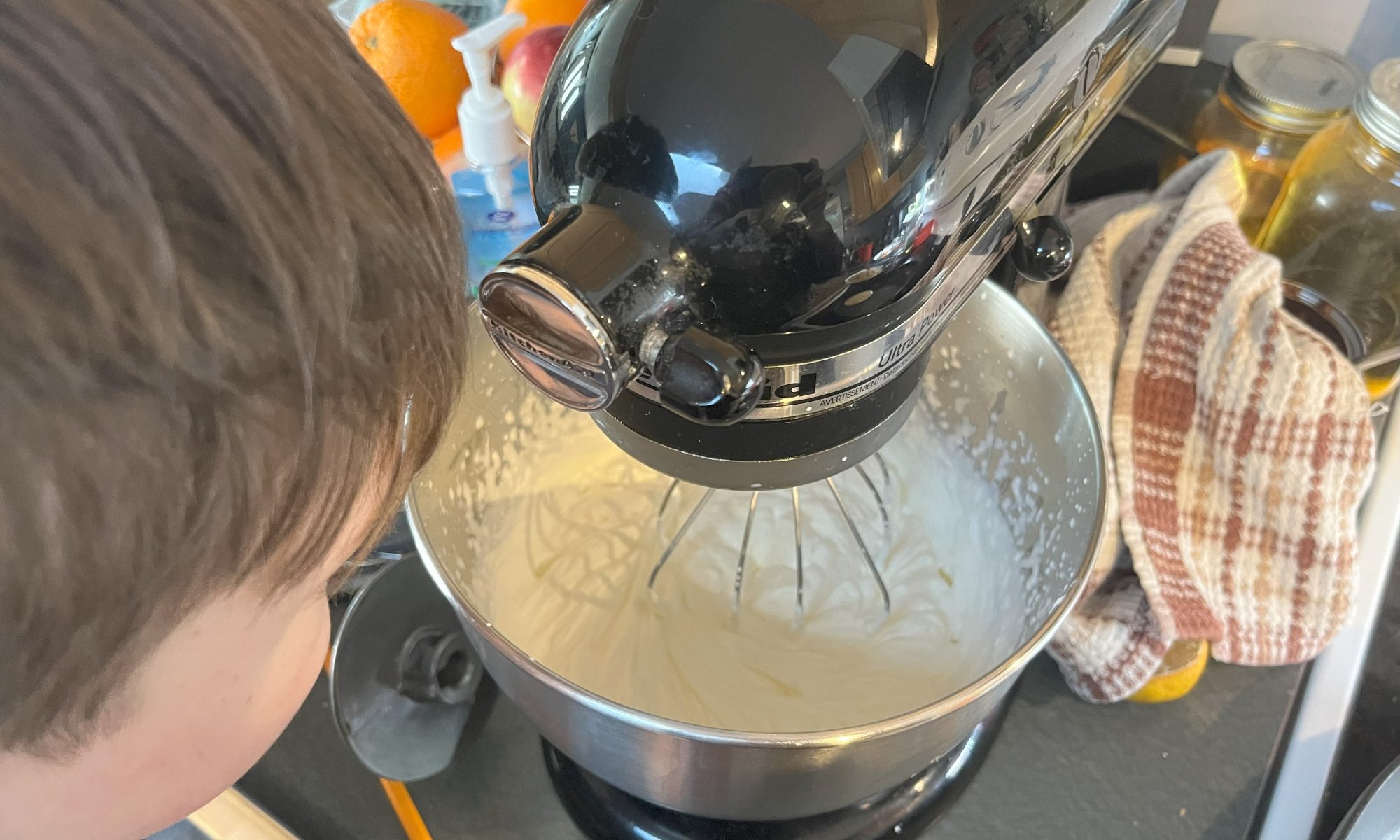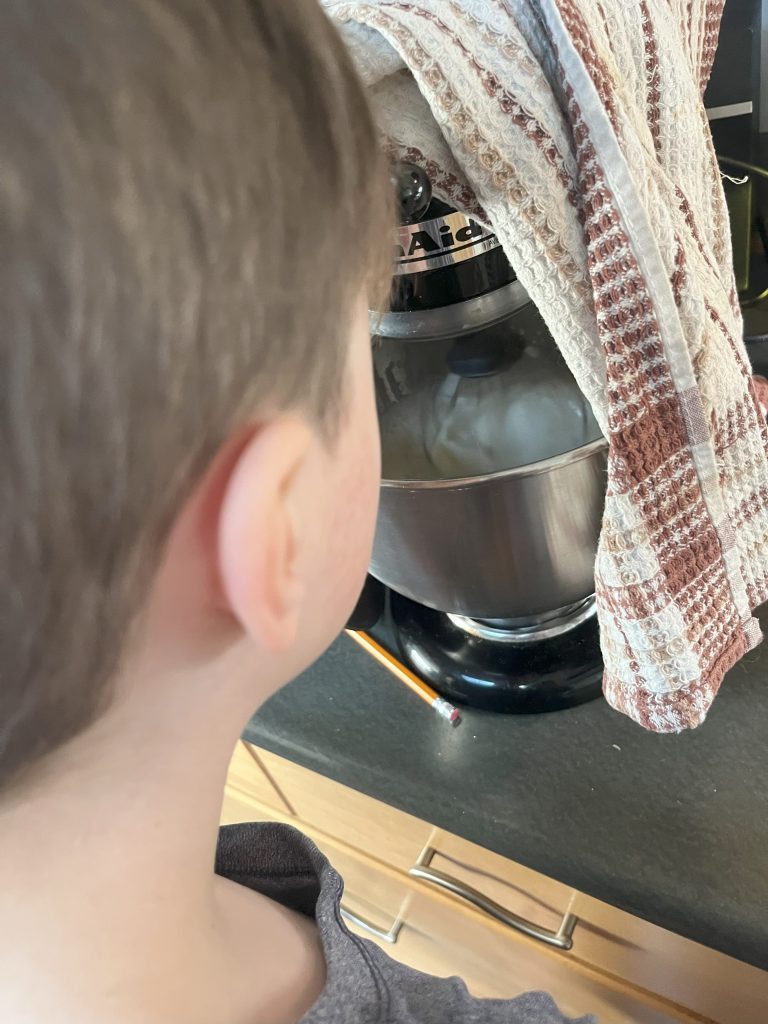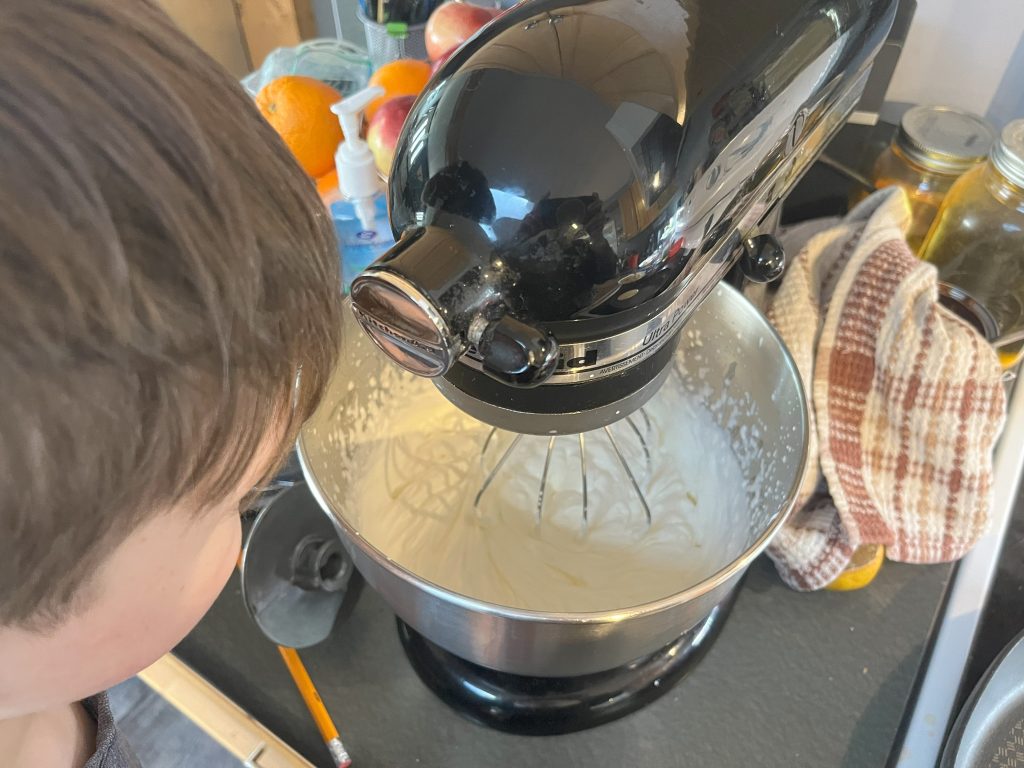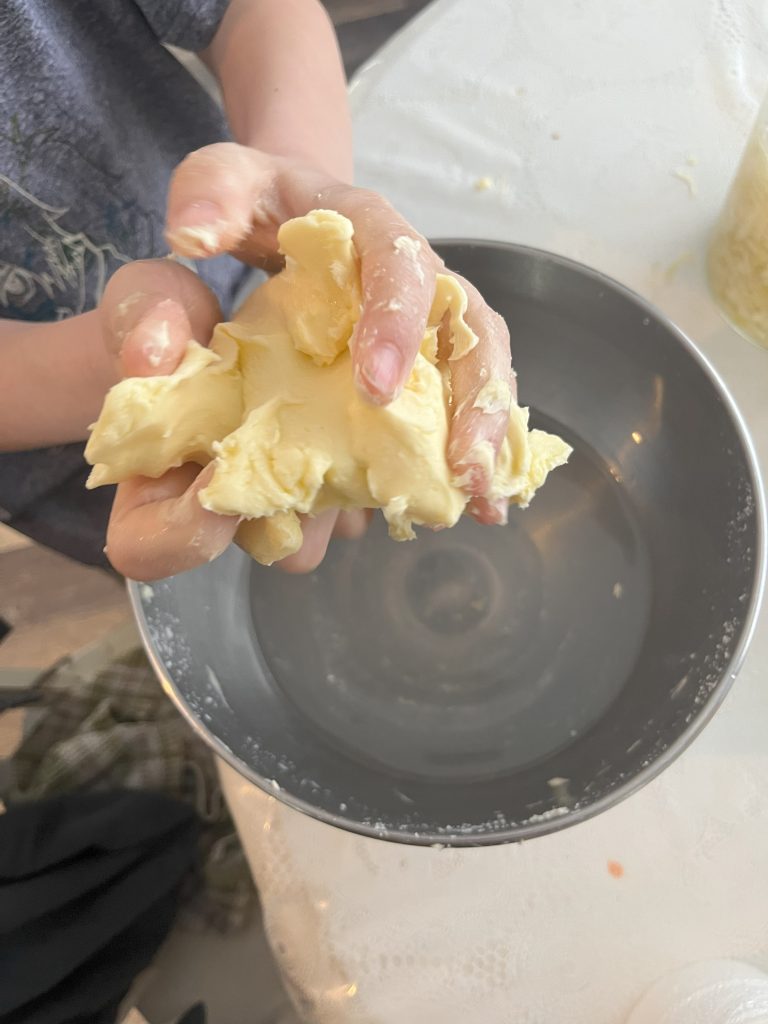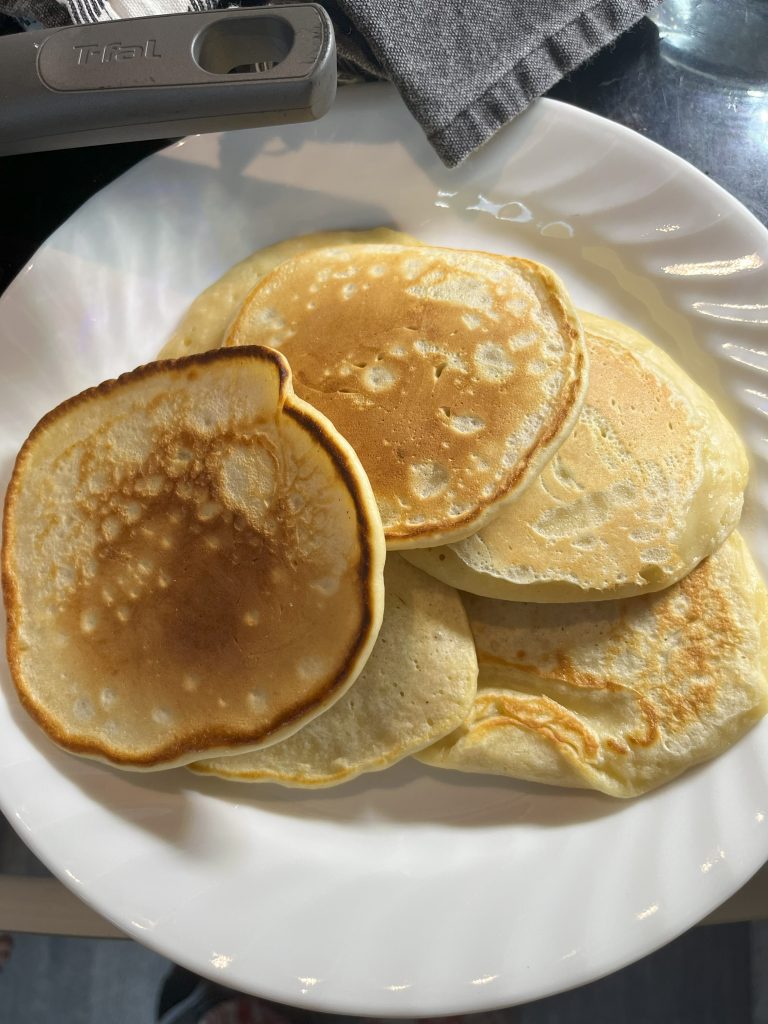Strawberries, with their vibrant color and sweet flavor, are a beloved addition to gardens worldwide. Among the various types of strawberries, everbearing strawberries stand out for their unique ability to produce fruit throughout the growing season. Cultivating these delightful berries requires just a little maintenance and some basic information. In this article, we will explore the essential steps to ensure a bountiful harvest of everbearing strawberries, from planting to harvest time. All by someone who’s had to learn from scratch.
Planting in Early Spring
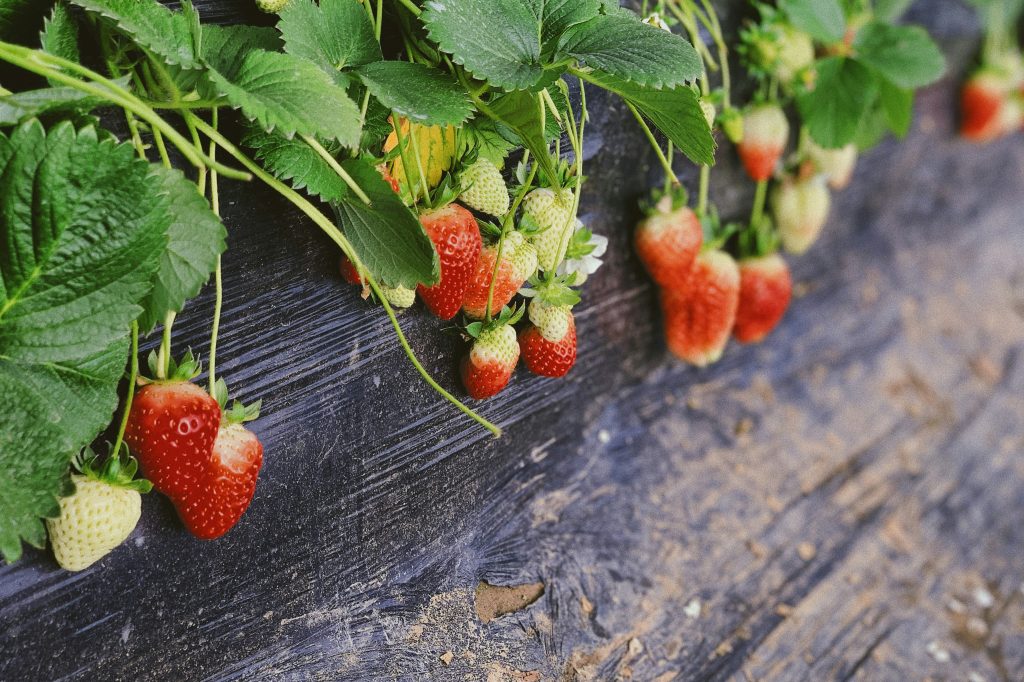
To kickstart a successful strawberry patch, you’ll want to plant your strawberries in early spring. Once the ground is thawed and workable with moderate temperatures, it is ready to receive your new plants. If it’s early enough in spring, even your plant starts may look deader than dead. But, fear not, your plants will take!
In fact, growing strawberries isn’t commonly a problem – the problem is getting fruit the first year. That’s because in its first year, a strawberry plant will focus on establishing its root system rather than growing fruit. Typically, fruit comes in the second season – but we can trick nature by planting bare-root strawberry plants. These plants come ready with their root structures intact and is usually successful in fruiting in the first year.
Choose a location that receives full sun for optimal growth and fruit production. If temperatures get unseasonably hot, providing shade will ensure that your plants don’t get singed, but your plants will love everyday sun. Ensure proper spacing between plants, allowing 15-20 inches of distance between each strawberry plant (they will fill in, promise!). When planting, bury the roots only up to the crown level to prevent rot and encourage healthy growth.
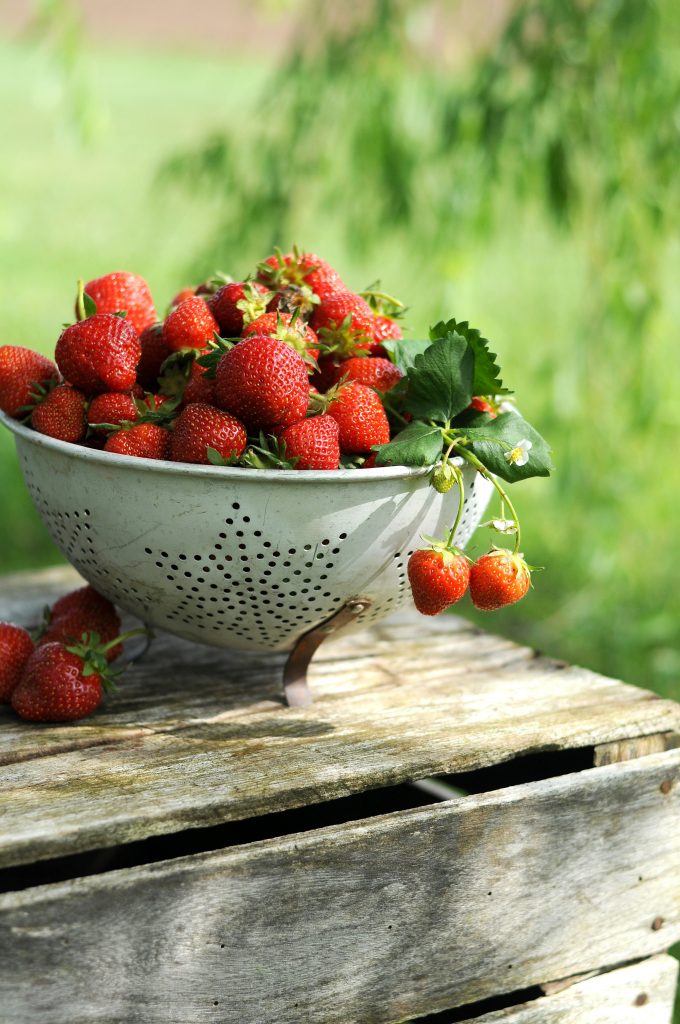
Understanding Strawberry Varieties
There are three main types of strawberries: everbearing, day-neutral, and June-bearing. Everbearing strawberries, as their name suggests, produce fruit continuously throughout the growing season, providing multiple harvests. Day-neutral strawberries also produce fruit consistently, regardless of day length. In contrast, June-bearing strawberries yield a single crop in June and require specific daylight conditions for fruiting. Understanding the unique characteristics of each variety enables you to plan your garden accordingly and maximize your harvest potential.
The first strawberries I grew were a June-bearing variety that were the sweetest smelling and most delicious white berries my family had ever eaten! With such a short fruiting period though, we were left wanting more after fighting every animal in the sky and on land for them over a two-week period. It was enough for my family to get a taste for having strawberries around – so we tore up that bed and replaced the eight-foot, by four-foot bed with everbearing strawberries. A no-brainer for the strawberry-obsessed!
Choosing the Right Fertilizer
Maintaining the correct soil pH is essential for the health and productivity of everbearing strawberries – so opt for a pH-neutral fertilizer (your local garden center will know just what you need). Regular fertilization throughout the growing season will support bumper crops of delicious berries all season long.
Light Requirements
Everbearing and June-bearing strawberries rely on daylight conditions to initiate fruiting. Ensure that these varieties receive at least 12 hours of daylight daily to promote flowering and fruit set. Pay attention to potential frost events, especially during the critical fruiting period for June-bearing strawberries. Early frosts can damage the plants and significantly reduce your strawberry harvest. Protective measures such as row covers, or frost blankets can help safeguard your crop during periods of inclement weather.

Maintaining Productive Beds
Although everbearing strawberries are prolific producers, they require regular maintenance to ensure long-term productivity. Strawberry beds typically last around four years before the plants begin to decline in vigor and fruit quality. To prolong the lifespan of your strawberry patch, periodically remove runners that emerge from the plants. This practice directs the plant’s energy toward fruit production rather than vegetative growth, resulting in larger and sweeter berries.
Protecting Against Pests
Birds are notorious strawberry enthusiasts and can quickly decimate a ripe berry patch. Prevent avian visitors from feasting on your harvest by installing bird netting over your strawberry plants. Secure the netting tightly to prevent gaps where birds could enter and enjoy the fruits of your labor. Additionally, monitor your strawberry patch for signs of other pests, such as slugs or aphids, and take appropriate measures to control infestations and minimize damage.
Keep strawberries off the ground for the best quality fruit. Offer a bed of hay or mulch to help retain water in the soil and keep fruit dry.
Your Turn!
Growing everbearing strawberries can be a rewarding experience for gardeners of all skill levels. By following these essential tips, you can maximize your strawberry harvest and enjoy a continuous supply of delicious berries throughout the growing season.
Looking for strawberry recipes? Click here for 43 Fabulous Strawberry Recipes!




